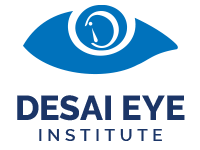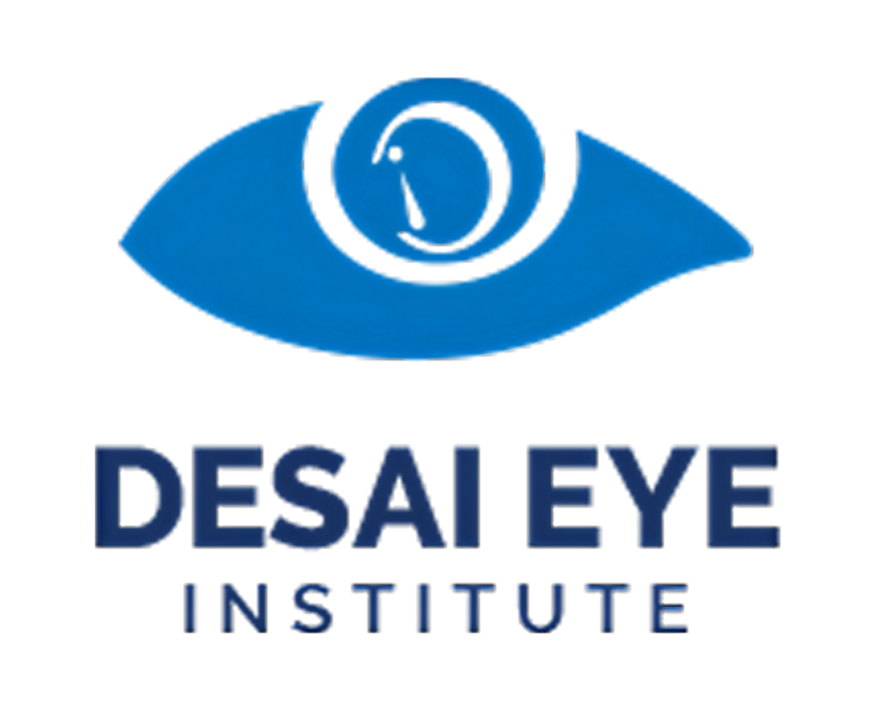Enucleation/Evisceration
Enucleation and evisceration are surgical procedures performed to remove the eye due to conditions such as severe trauma, intraocular cancer (e.g., retinoblastoma or melanoma), uncontrollable infection, or painful, non-functional eyes. Both procedures aim to address these issues, alleviate pain, and improve the patient’s quality of life. However, the techniques differ in the extent of tissue removal.
- Enucleation involves the complete removal of the eye, including the entire eyeball and the surrounding tissues (e.g., conjunctiva, extraocular muscles, and optic nerve).
- Evisceration, on the other hand, involves the removal of the internal contents of the eye (the cornea, lens, and vitreous) while leaving the scleral shell and surrounding tissues intact.
At Desai Eye Institute, these procedures are typically performed under general anaesthesia. The choice of procedure depends on the underlying condition, the extent of the damage or disease, and the patient’s overall health.
Post-surgery, a prosthetic eye (ocular prosthesis) is often fitted for cosmetic purposes and to provide a natural appearance.
Medical Equipment Needed for Enucleation/Evisceration:
- Surgical Microscope (for magnification during the procedure)
- Surgical Scissors and Forceps (for precise dissection and removal of eye structures)
- Sterile Sutures (for closing the eye socket and surrounding tissue)
- Ocular Speculum (to hold the eyelids open during surgery)
- Sterile Gloves (to maintain hygiene and safety during the procedure)
- Topical Anesthetic or General Anesthesia (for patient comfort during surgery)
- Sterile Drapes (to maintain a sterile surgical field)
- Disinfectants (to clean and sterilize the surgical area and instruments)
- Post-Surgical Eye Shield (to protect the eye socket after the procedure)
- Ocular Prosthesis (fitted post-surgery for cosmetic purposes and to restore appearance)

Select Doctor

Get Consultation



